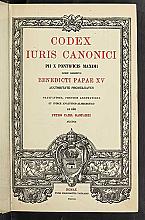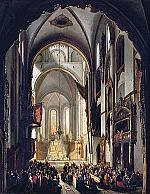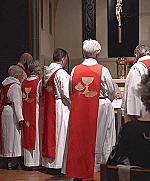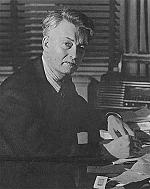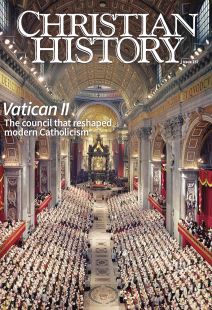Gifts of the Spirit
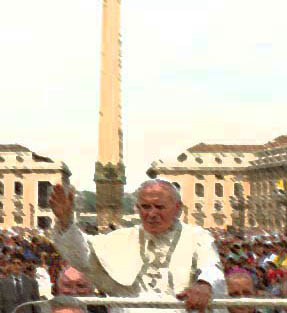
[Pope John Paul II, based on Meeting of the pope with ecclesial movements and new communities May 30, 1998—Photographic Service of the Osservatore Romano / © Vatican Media]
It was a stirring sight in 1998 when 500,000 people from 50 different renewal movements in the Catholic Church gathered in St. Peter’s Square in Rome to hear Pope John Paul II declare:
Whenever the Spirit intervenes, he leaves people astonished. He brings about events of amazing newness; he radically changes persons and history. This was the unforgettable experience of the Second Vatican Ecumenical Council during which, under the guidance of the same Spirit, the Church rediscovered the charismatic dimension as one of her constitutive elements: “It is not only through the sacraments and the ministrations of the Church that the Holy Spirit makes holy the people, leads them and enriches them with his virtues.”—Lumen Gentium, no. 12
Reorienting the church
Preparation for this moment began more than 33 years earlier when Vatican II concluded with the publication of 16 documents reorienting the theology and pastoral attitudes of the Catholic Church.
In document after document, the council called for an openness to the work of the Holy Spirit with numerous specific mentions of the importance of charisms (divine gifts) in the life of the church. The quote from John Paul II references a foundational document of the council.
Two years after the council concluded in 1965, what is now known as the Catholic charismatic renewal movement exploded across the world, flowing forth from a retreat of students and professors at Duquesne University, a Catholic University in Pittsburgh. While getting an exact count of participants in a grassroots movement such as this is often impossible, reasonable estimates indicate that more than 120 million Catholics worldwide have been touched through the charismatic movement.
In spirit and in truth
Those who have experienced what is commonly called “baptism in the Holy Spirit” (Acts 1:8) testify to an experiential knowledge of Jesus and the life of the Holy Trinity following repentance; oftentimes a manifestation of charisms such as speaking in tongues (1 Cor. 12; Rom. 12; 1 Pet. 4); the Scriptures “coming alive”; and a desire to tell others about the Lord.
From the beginning of this outpouring, Catholic theologians got involved and wrote defenses of a balance between the charismatic dimension and the institutional dimension that they believed should be normative in the Catholic Church. Catholic bishops around the world welcomed the renewal, and it has had a major impact on the church, influencing music, worship styles, and the greater prevalence of personal witness and testimony.
Also from the beginning, an ecumenical dimension existed in which Catholics discovered that their relationship with Jesus as Savior and as baptizer in the Spirit was shared widely in the global Pentecostal movement and among many evangelicals as well.
Of course not every Catholic has welcomed either the overall shift of Vatican II or the charismatic renewal with open arms. More traditional Catholics look on this kind of religious experience and of positive relations with brothers and sisters in Christ from other churches and communions with some suspicion. But as this heartfelt prayer of John Paul II affirms, openness to the Holy Spirit remains foundational to the church:
Today from this upper room in St. Peter’s Square, a great prayer rises: Come, Holy Spirit, come and renew the face of the earth! Come with your seven gifts! Come, Spirit of Life, Spirit of Communion and Love! The Church and the world need you. Come, Holy Spirit, and make ever more fruitful the charisms you have bestowed on us. Give new strength and missionary zeal to these sons and daughters of yours. . . . Make them courageous messengers of the Gospel, witnesses to the risen Jesus Christ, the Redeemer and Saviour of man. Strengthen their love and their fidelity to the Church.
By Ralph C. Martin
[Christian History originally published this article in Christian History Issue #157 in 2025]
Ralph C. Martin, president of Renewal Ministries and a leader in the Catholic charismatic movementNext articles
Reforming liturgy, learning, and law
Vatican II’s lasting effect on Catholic practice
Frederick Christian Bauerschmidt“The effect was electrifying”
How Vatican II influenced one Protestant denomination
Jennifer Woodruff TaitReformers of Rome
Some Catholic leaders who influenced Vatican II
Jennifer A. Boardman and Edward Woodruff TaitSupport us
Christian History Institute (CHI) is a non-profit Pennsylvania corporation founded in 1982. Your donations support the continuation of this ministry
Donate



